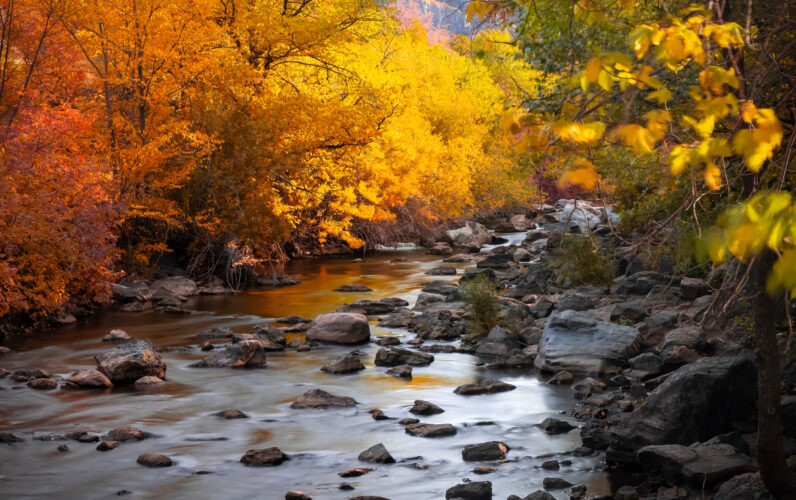Reservoir levels declining across Utah, officials urge conservation

Utah’s reservoir levels are showing a drastic decline. Since June 1, the state has drawn down reservoirs at a rate more than double the normal rate. This is due to increased demand, lower-than-normal spring runoff and an extremely dry summer.
Utah’s reservoirs are dropping faster than normal this summer, and state water managers are urging residents, farmers, and communities to conserve as much as possible.
According to the Utah Division of Water Resources, reservoirs across the state have been drawn down at more than twice the normal rate since June 1, driven by a hot, dry summer and increased irrigation demand.
“Reservoirs are our first line of defense against drought and are vital for our communities and ecosystems,” said Candice Hasenyager, director of the Division of Water Resources. “The rapid decline we’re seeing is a clear signal that we must be more vigilant and use less water.”
As of Aug. 21, statewide storage sits at 67% capacity. While that number is slightly above the average of 65% for late August, it is well below the 83% recorded last year at this time.
The Great Salt Lake has also dropped significantly, falling two feet since its April peak of 4,193.6 feet. It now sits at 4,191.6 feet, according to the U.S. Geological Survey.
Local impacts
Sanpete County reservoirs, including Gunnison, Nine Mile, and Palisade, are part of the statewide storage network relied upon by farmers, ranchers, and households. Local irrigators have already seen reduced flows this summer, and with irrigation season expected to last until October, water managers warn conditions may tighten further before fall.
Hasenyager said both agriculture and residential users can play a role in conserving. “A hot summer and increased demand have contributed to low reservoir levels and the decline of Great Salt Lake,” she said. “We will continue to see these critical water bodies decline until temperatures cool and the irrigation season ends in October.”
Preparing for the future
About 95% of Utah’s water supply comes from snowpack, with reservoirs acting as the storage system that carries communities through dry months and drought years. State officials emphasize that the long-term solution is not only to rely on good winters, but also to adopt consistent water-saving practices.
To help with that effort, the Department of Natural Resources continues to promote programs such as the Agricultural Water Optimization Program, which provides resources and incentives to farmers, and SlowTheFlow.org, a statewide campaign offering conservation tips for residents.
Many of the strategies are simple: running sprinklers less frequently, checking for leaks, and adjusting watering schedules as cooler fall weather approaches. Indoor water-saving ideas are also available on the Slow the Flow website.
A call to Sanpete residents
Water managers say every effort helps. With conditions expected to remain dry through September, Sanpete residents are encouraged to look for ways to cut back, both indoors and outdoors.
“We are fortunate to have reservoirs to carry us through,” Hasenyager said. “But the way we use water today will determine how resilient our communities are tomorrow.”
More information on statewide water conditions and conservation programs can be found at slowtheflow.org.



